Alexandra Pirici’s action performance in Berlin is playfully abstract with a desire to address urgent political questions
Artist and choreographer Alexandra Pirici transforms the historic hall of Berlin’s Hamburger Bahnhof into a live action performance and site-specific installation
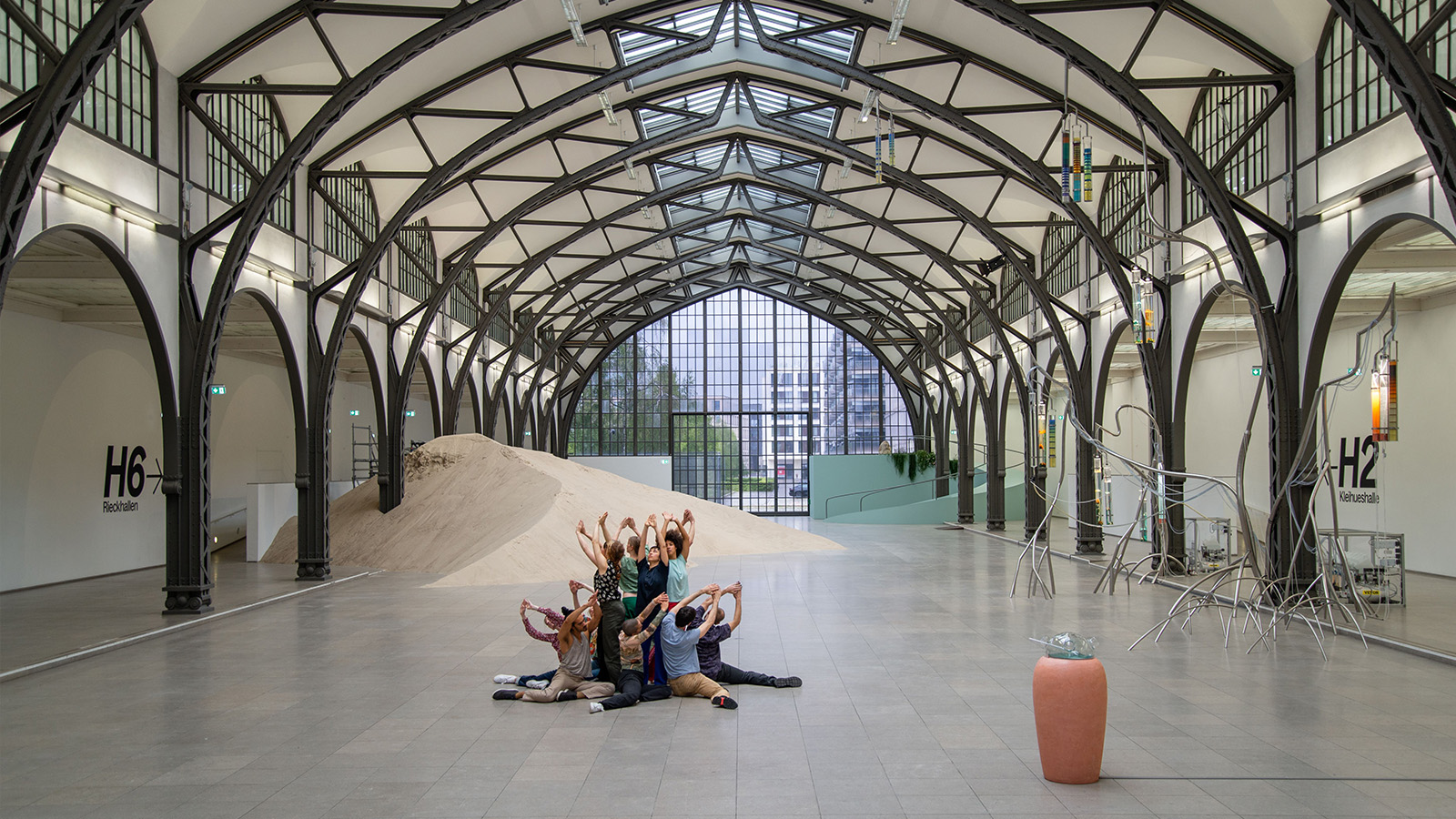
A dozen casually dressed performers animate Hamburger Bahnhof’s central hall, leading visitors around the curious topography as they stage a series of live tableaus or vignettes – regularly punctuated by polyphonic singing and semi-poetic speech. An imposing sand dune has been implanted into the space, and a few of them stand atop it, grasping at handfuls as if in search of something. Their actions are not frantic, but precise and methodical. One of them suddenly abandons the excavation project and begins to slowly roll down the side of the dune. Reaching the bottom and continuing to roll across the floor, they are eventually picked up by two others, carried ceremoniously up a winding ramp and set atop a raised platform next to a prominently displayed agate stone. The person and the large stone appear on the same level, and a kind of duet between them begins, enhanced by the sound of another performer humming a short Bach excerpt.
Alexandra Pirici’s ‘Attune’ at Hamburger Bahnhof, Berlin

This is just one small part of Alexandra Pirici’s Attune, the artist and choreographer’s largest work to date, co-commissioned by Hamburger Bahnhof and Audemars Piguet Contemporary, which supported the project from its inception. In the buttressed hall of the former train station, with its impressive windowed-wall as a backdrop, Pirici has created what she describes as an itinerary or parcours that feels like a landscape. Performers will activate the space for four hours each day of the exhibition’s run, with a choreography that loops three times over. Most elements of the action are fixed, but some remain fluid and subject to the performers’ improvisation and consonance with one another.

However playful or abstract Pirici’s choreographies may appear, they are often grounded in extensive research and a desire to address urgent political questions. For her, rigour and playfulness are not rigidly distinct artistic methods: the success of Attune lies in the solidarity it creates between storytelling and scientific inquiry.
Pirici explains that she ‘intended Attune to be a celebration of the continuum between the animate and the inanimate... I believe that continuum should be celebrated because it literally situates us within the larger fabric of the world, made of the same matter, belonging to the same universe.'
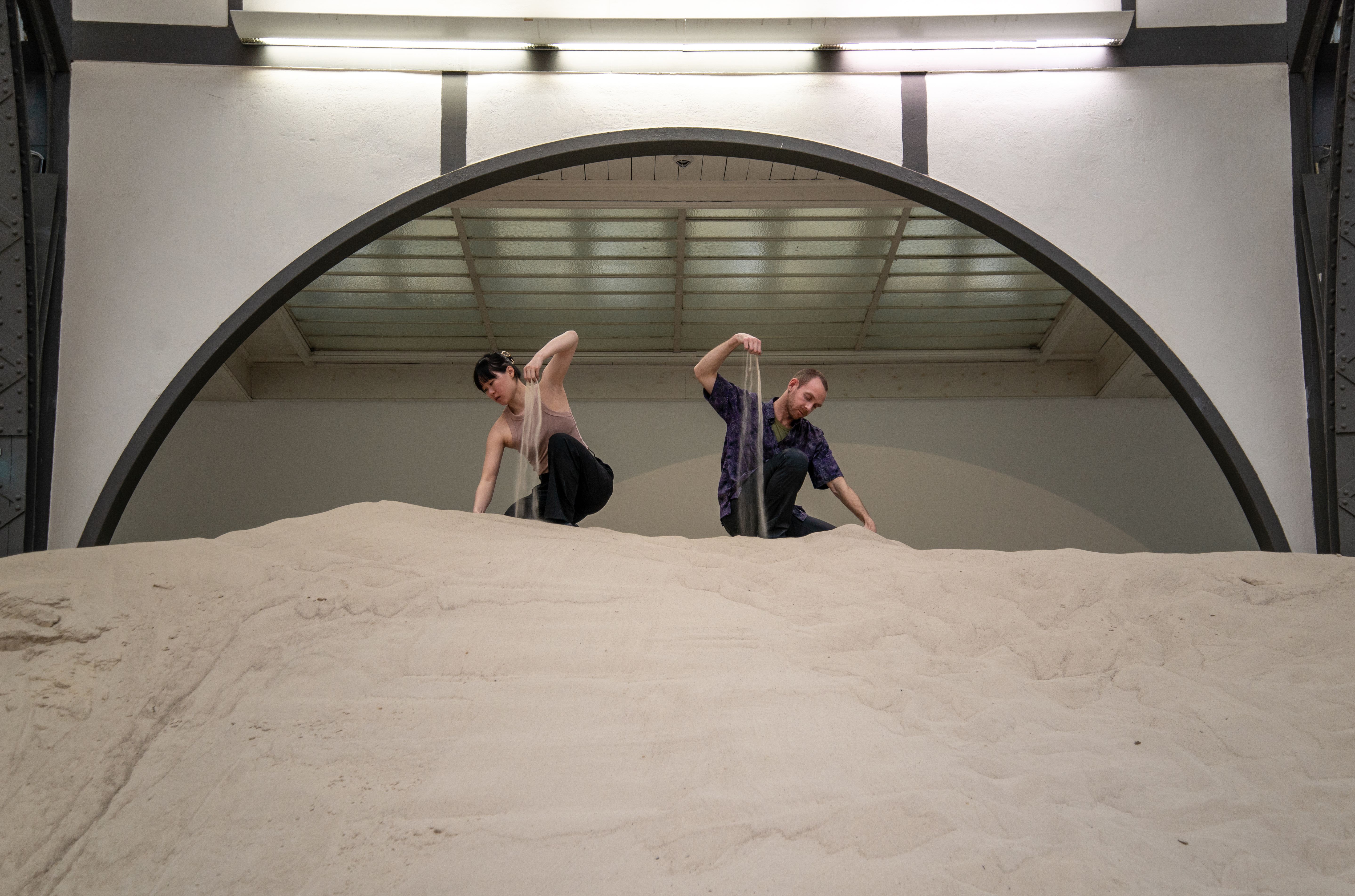
Attune stresses the importance of listening to different voices, both human and non-human. The polyphonic chorus, inspired by Georgian or Corsican folk songs, fills the vast space and draws visitors into a meditation on the necessity of acknowledging our place in a multi-perspectival world. Polyphony, Pirici notes, is challenging for the modern ear, which is so focused on the individual voice – it takes a considered level of engagement to both perform and distinguish the multiplicity of voices.
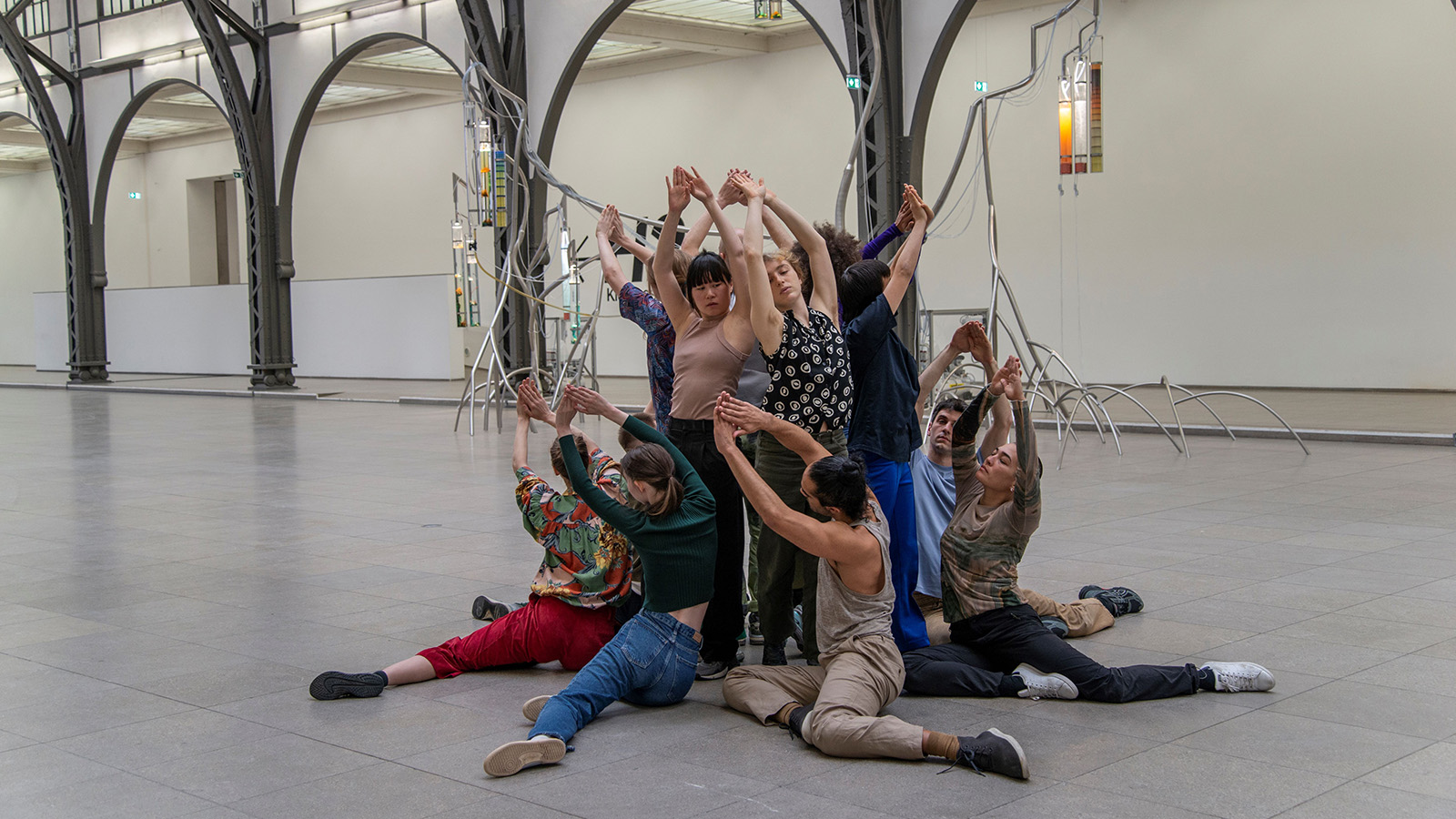
The sound of the performers singing also occasionally intervenes directly in the chemical processes taking place on the stainless-steel installation mounted in the space, which Pirici has dubbed the 'Organ'. Referencing its part in a larger system, or organism, as well as its resemblance to the musical instrument, this vegetal-like structure has glass cylinders hanging from its branches, which contain different experiments. As the performers sing their 'Organ songs', the colour and composition of the substances changes, adding another layer to the interspecies collaboration at work in the piece.

Placing human bodies in direct dialogue, or chorus, with organic and inorganic matter, Attune draws our attention to the self-organising impulses that exist, not just in human communities but also, and importantly, among seemingly inert materials. By paying attention to the capacity of our surrounding environment to be both active and creative, we can gain a renewed sense of our own propensity for cooperation. Attune, Pirici insists, presents us with an 'invitation to harmonise'.
Receive our daily digest of inspiration, escapism and design stories from around the world direct to your inbox.

Attune, Hamburger Bahnhof, Berlin, until 6 October 2024, smb.museum
-
 The new Tudor Ranger watches master perfectly executed simplicity
The new Tudor Ranger watches master perfectly executed simplicityThe Tudor Ranger watches look back to the 1960s for a clean and legible design
-
 This late-night hangout brings back 1970s glam to LA’s Sunset Boulevard
This late-night hangout brings back 1970s glam to LA’s Sunset BoulevardGalerie On Sunset is primed for strong drinks, shared plates, live music, and long nights
-
 How Memphis developed from an informal gathering of restless creatives into one of design's most influential movements
How Memphis developed from an informal gathering of restless creatives into one of design's most influential movementsEverything you want to know about Memphis Design, from its history to its leading figures to the pieces to know (and buy)
-
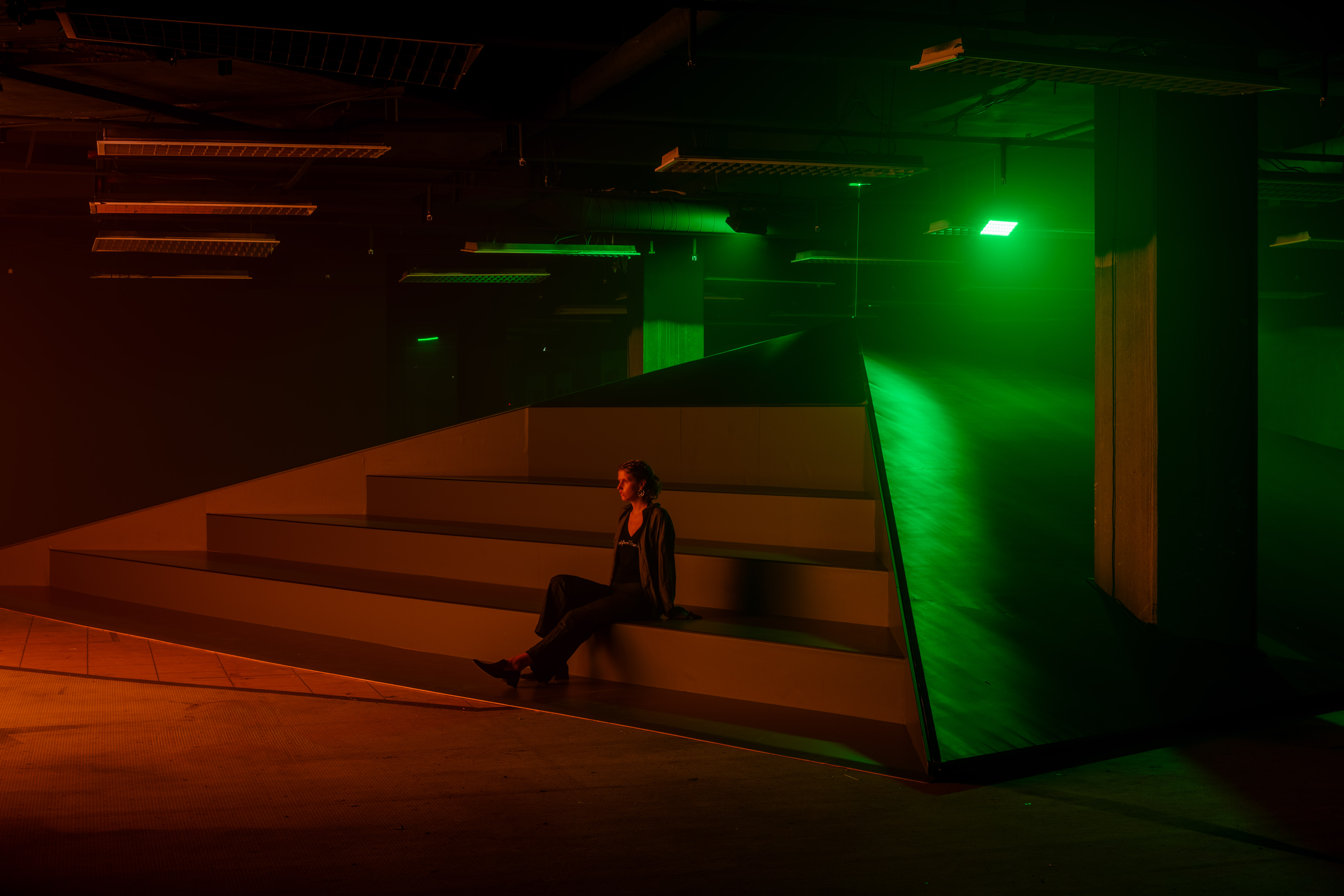 'There is no way light and darkness are not in exchange with each other': step inside Christelle Oyiri’s sonic world in Berlin
'There is no way light and darkness are not in exchange with each other': step inside Christelle Oyiri’s sonic world in BerlinIn an explosion of light and sound, Christelle Oyiri explores celebrity, mythology and religion inside CANK, a former brutalist shopping centre in Berlin’s Neukölln
-
 What's the story with Henni Alftan’s enigmatic, mysterious paintings? The artist isn’t saying
What's the story with Henni Alftan’s enigmatic, mysterious paintings? The artist isn’t sayingParis-based artist Henni Alftan's familiar yet uncanny works are gloriously restrained. On the eve of a Sprüth Magers exhibition in Berlin, she tells us why
-
 Rolf Sachs’ largest exhibition to date, ‘Be-rühren’, is a playful study of touch
Rolf Sachs’ largest exhibition to date, ‘Be-rühren’, is a playful study of touchA collection of over 150 of Rolf Sachs’ works speaks to his preoccupation with transforming everyday objects to create art that is sensory – both emotionally and physically
-
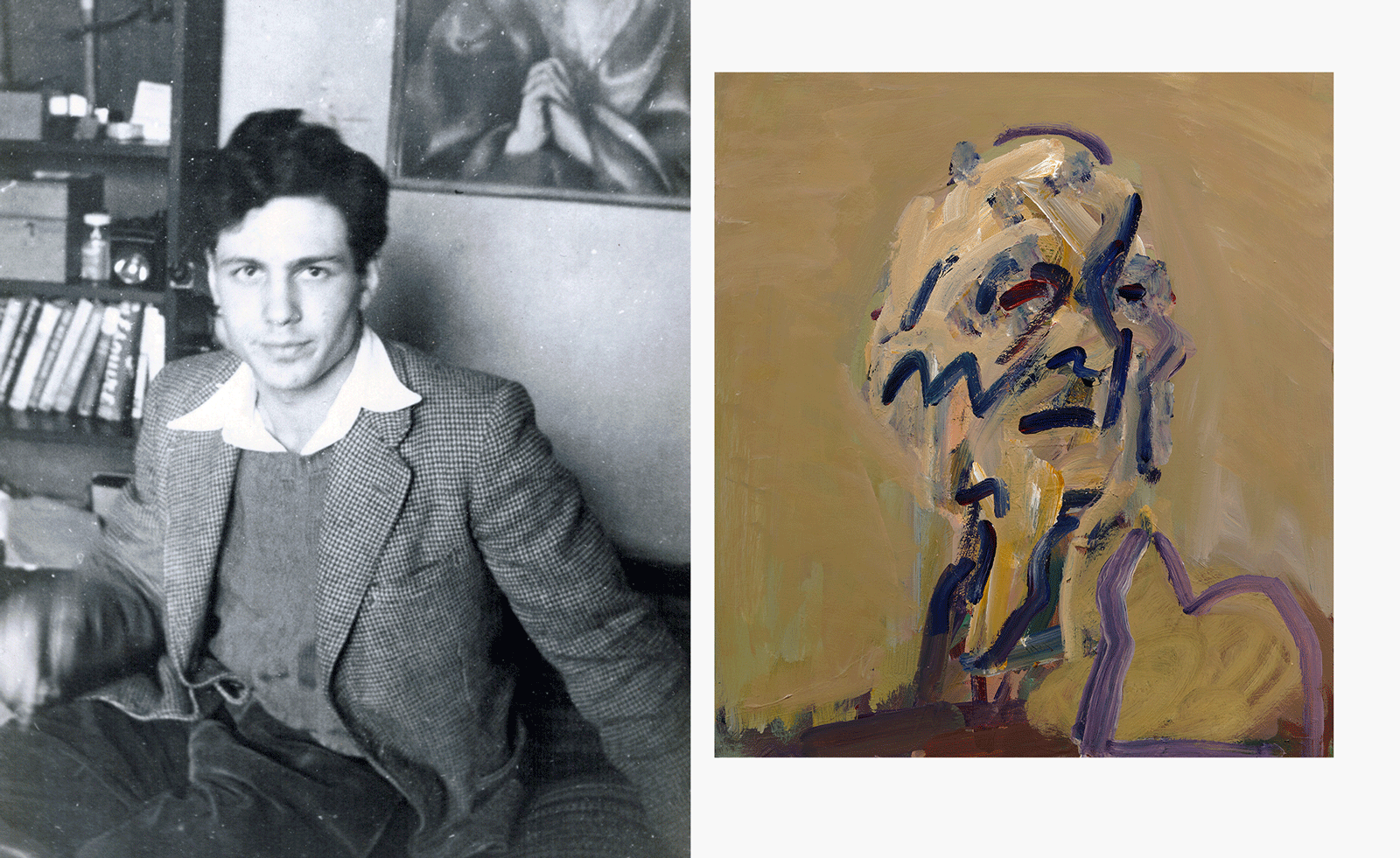 A posthumous exhibition in Frank Auerbach's home city of Berlin celebrates the work of the figurative painter
A posthumous exhibition in Frank Auerbach's home city of Berlin celebrates the work of the figurative painter‘Frank Auerbach’, on until 28 June at Galerie Michael Werner, Berlin, marks the first time the artist's work is shown in the city where he was born
-
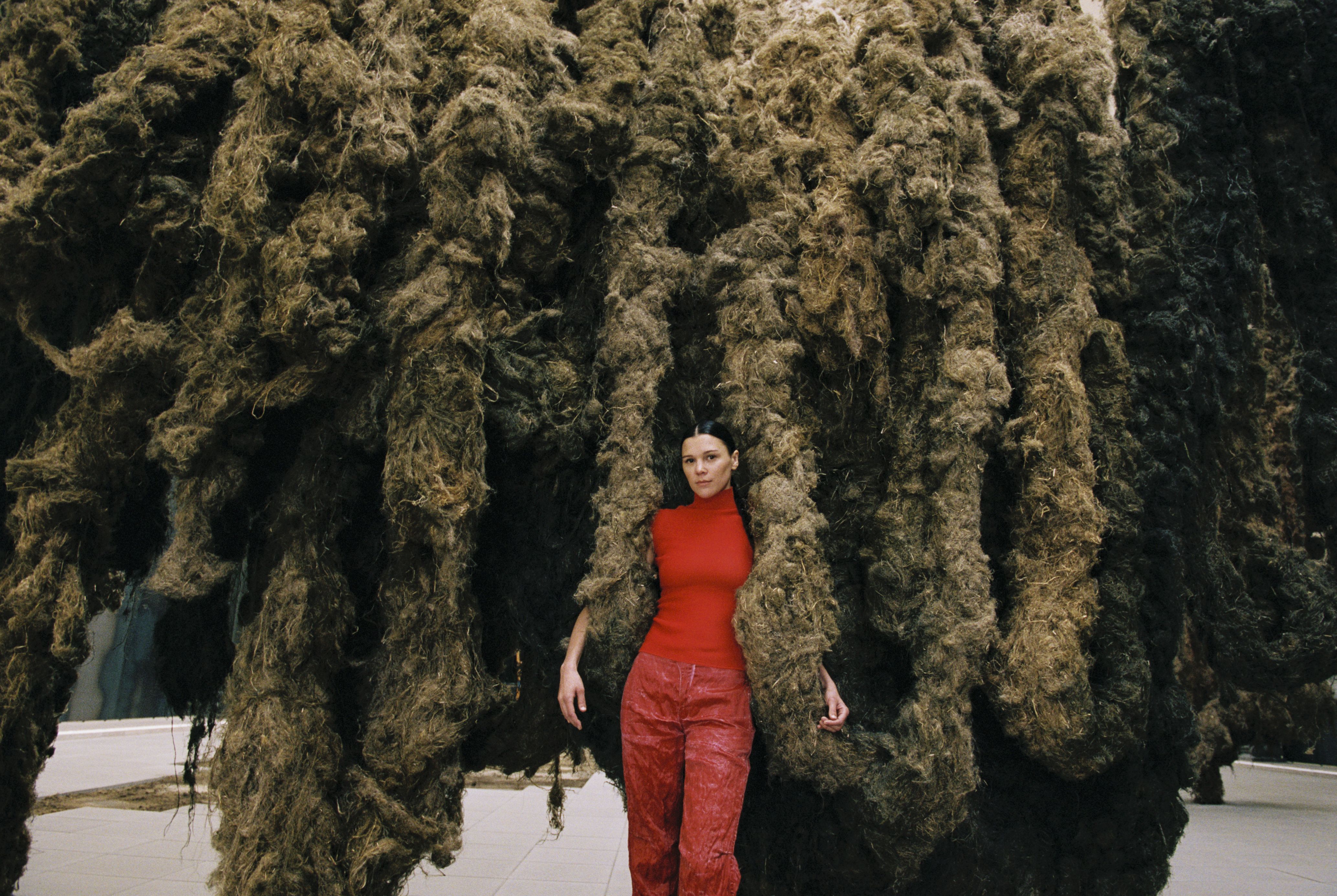 Klára Hosnedlová transforms the Hamburger Bahnhof museum in Berlin into a bizarre and sublime new world
Klára Hosnedlová transforms the Hamburger Bahnhof museum in Berlin into a bizarre and sublime new worldThe artist's installation, 'embrace', is the first Chanel commission at Hamburger Bahnhof
-
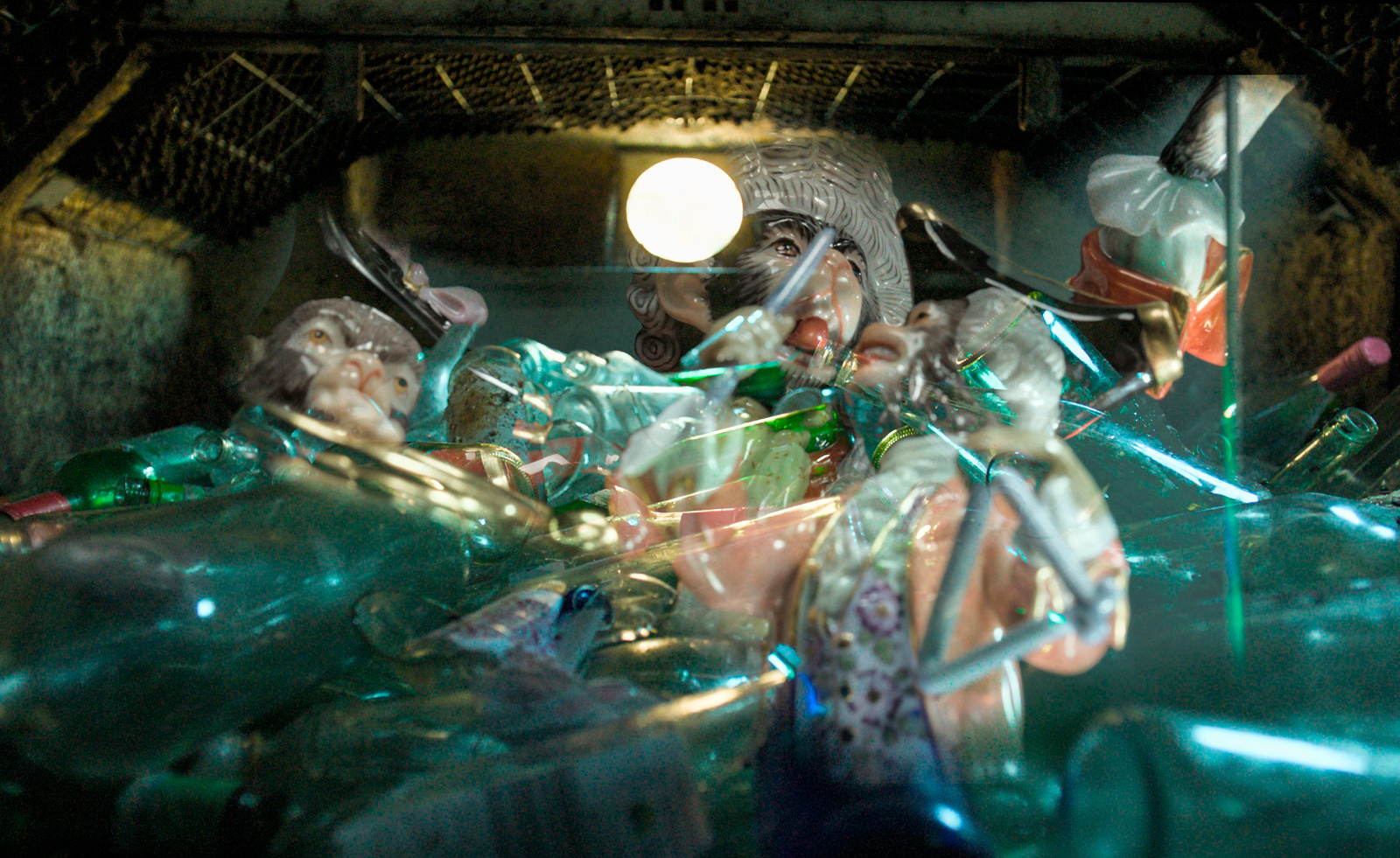 Thrilling, demanding, grotesque and theatrical: what to see at Berlin Gallery Weekend
Thrilling, demanding, grotesque and theatrical: what to see at Berlin Gallery WeekendBerlin Gallery Weekend is back for 2025, and with over 50 galleries taking part, there's lots to see
-
 Take a rare chance to see the astonishing Ringier Collection of artworks in Düsseldorf
Take a rare chance to see the astonishing Ringier Collection of artworks in DüsseldorfFrom Barbara Kruger to Sylvie Fleury: publishing mogul Michael Ringier opens his private art collection to the public, sharing 500 works, and tells us what makes great art
-
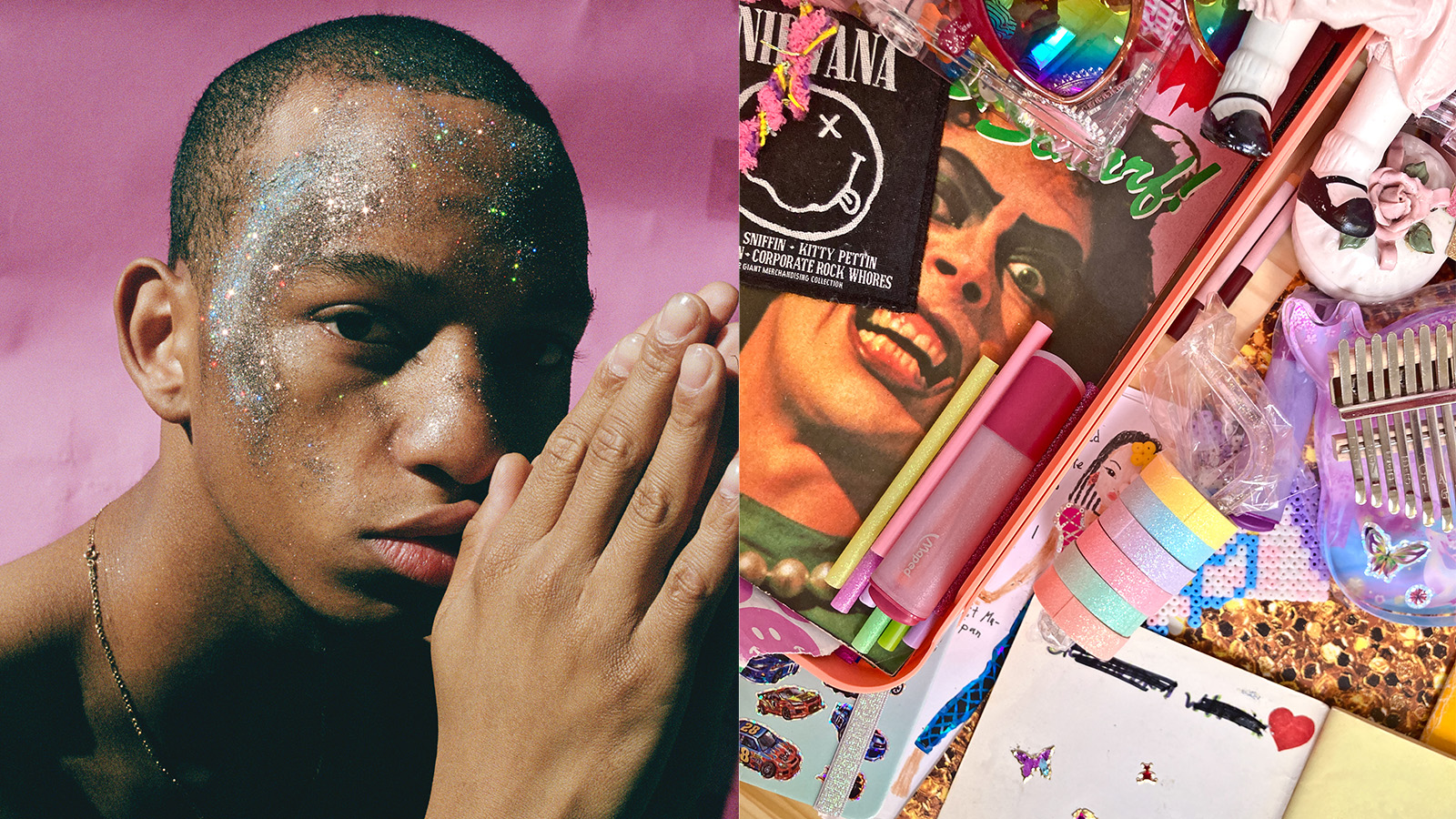 MK&G’s ‘Glitter’ exhibition: a brilliant world-first tribute to sparkle and spectacle
MK&G’s ‘Glitter’ exhibition: a brilliant world-first tribute to sparkle and spectacleMK&G’s latest exhibition is a vibrant flurry of sparkles and glitter with a rippling Y2K undercurrent, proving that 'Glitter is so much more than you think it is'